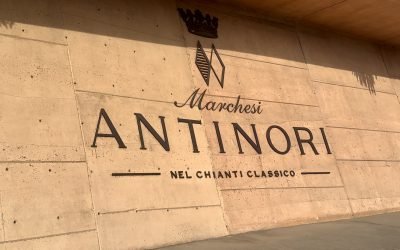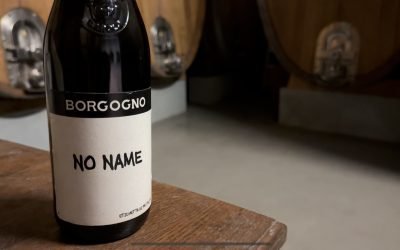Exclusive Viewing of a Giant Emerald in the Imperial Treasury, Vienna, Austria.
Some of our team were lucky enough to have a wonderful tour of the Imperial Treasury whilst on a recent assignment in Vienna. Amongst the breath-taking treasures on display was one which really caught their attention, the exquisite ‘Emerald Unguentarium’.
The Emerald Unguentarium, permanently housed in the Imperial Treasury in Austria, is essentially a small vessel or container. Archaeologists believe that these containers were used for holding perfumed oils, ointments, balsam, jasmine, kohl, honey, mastic, incense, scent powders and cosmetic preparations.
This vessel started as a giant uncut emerald, consisting of a larger and a smaller crystal that had grown together, that was found in Colombia’s Muzu mine discovered by the Spanish in 1558. It was first documented in 1619 in the estate of the Holy Roman Emperor Matthias. The original uncut emerald was probably around 3,000 carats in weight, likely the largest emerald discovered in the world at that time.
Ferdinand III, Holy Roman Emperor, commissioned a vessel to be cut from the stone in 1641. The craftsman tried to follow the natural shape of the stone (thus creating its irregular shape), but the four decorative leaves hanging from the vessel’s shoulder and the acanthus leaf on the bottom still led to the loss of a great many carats. After cutting was complete it weighed 2,860 carats.
The lid is cut from material removed from the inside of the emerald; its underside is set in gold, engraved with flowers, and glazed with translucent green enamel. The lid rosette alone is 3.6 cm high and 4.9 cm in diameter. The feet are also cut from material removed from the inside of the emerald.
Because the rim of the vessel remained uneven, the goldsmith added a green enamelled gold ring to provide support. This difficult and demanding work was completed in 1641, and the emperor paid the high price of 12,000 guilders for this in instalments (approximately $750,000 today).
When the goldsmith brought the piece to Vienna he still had fragments of the emerald, for which jewellers apparently offered him gold or precious stones worth 2,500 guilders (approximately $150,000 today).
The colour of the emerald is a deep vivid green, characteristic of emeralds originating in the Muzo mines of Colombia. From the exceptional colour, clarity and transparency of the upper facets of the emerald, the entire crystal appears to be a superb quality emerald, whose value by market prices today may reach over a 100 million dollars.
The Knight Frank Luxury Investment Index Q4 2023 showed a 12 month price change of 8% for the luxury asset investment class of jewellery.
The information provided here is not investment, tax or financial advice. You should consult with a licensed professional for advice concerning your specific situation.







